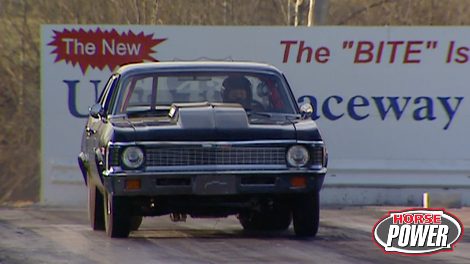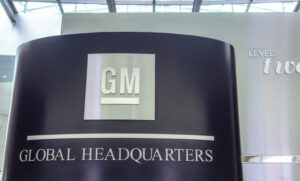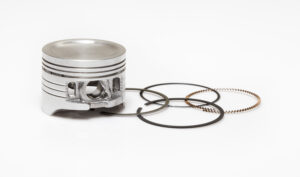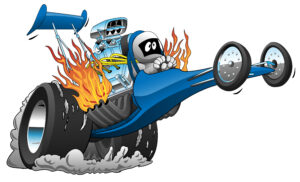
Chevelle Trac Tech
It’s time to take the Horsepower Super Nova to the track for a shakedown run. But first, the crew converts a standard open differential to a limited slip on Chuck’s favorite Chevelle wagon. Plus, a visit to Las Vegas for the annual SEMA show, featuring the latest in high performance goodies.
Season 8
Episode 7






























